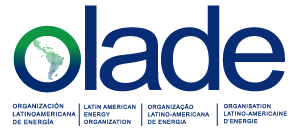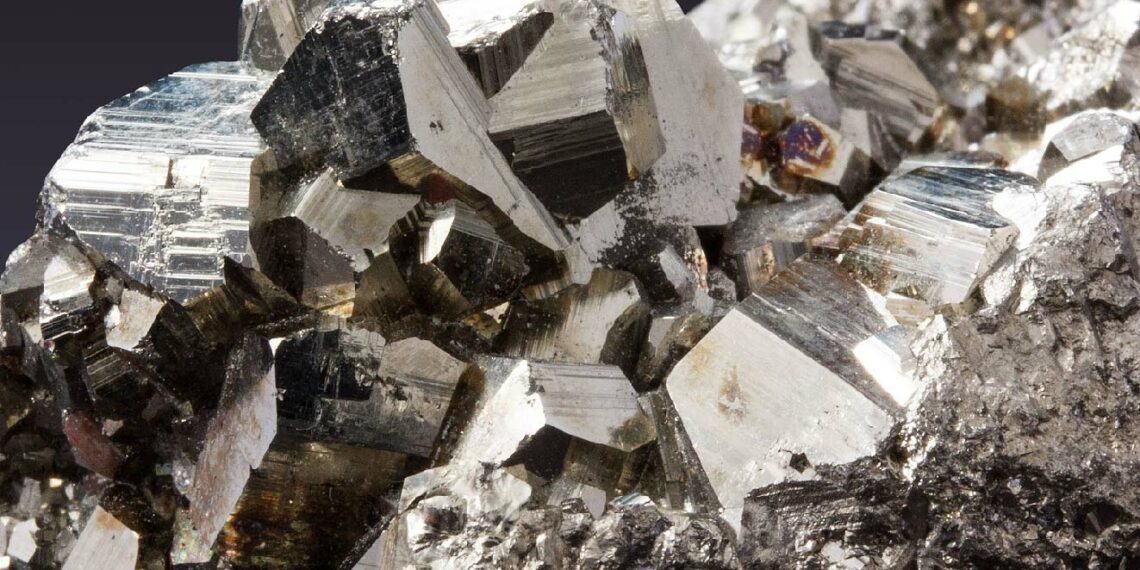Critical Minerals: The Latent Treasure of Latin America
Currently, we are becoming increasingly dependent on technology, hence consuming more and more energy every day as a society, despite the enormous efforts being made in the realm of energy efficiency.
This growing demand for energy is still associated with an increase in emissions, which is why the world finds itself at a crucial moment of transformation in its way of producing and consuming energy. The transition to cleaner and more sustainable sources is imperative to address the challenges of climate change and ensure a habitable future for generations to come.
The new sources of generation require a greater quantity and variety of minerals known as critical. These minerals, essential for various key industries and to ensure the transition to a low-carbon economy, have been at the center of global attention due to their vital importance.
The definition of “critical minerals” is the starting point of this discussion. Each market, each sector, each region, adapts it to its needs and objectives, reflecting the diversity of interests and strategies at play. For some, criticality focuses on ensuring the continuous supply of minerals essential to their industry, while others emphasize the security of their supply chains. This divergence of approaches has led to the development of multiple lists and strategies to ensure a stable and secure supply of these resources.
These minerals, although they may go unnoticed in our daily lives, play a crucial role in building a sustainable energy future. It is precisely these vital raw materials for economic development and energy transition that present a crossroads regarding their supply, as it is not guaranteed in the coming decades due to various factors, from geological scarcity to geopolitical considerations and commercial decisions.
Latin America and the Caribbean (LAC) emerge as key players in this equation. According to reports from OLADE member countries and the United States Geological Survey, the region hosts an impressive amount and variety of critical minerals, with 61% of the world’s lithium reserves, 45% of copper, 24% of natural graphite, 34% of silver, and 17% of zinc, to name just a few. These figures highlight the latent potential that the region possesses and its importance in the global mineral supply landscape.
The exponential growth in demand for critical minerals, especially lithium, has become a challenge for the global community. According to the International Energy Agency (IEA), demand for lithium is expected to increase 42 times by 2040 compared to its 2020 values under the Sustainable Development Scenario (SDS), making it one of the most vulnerable minerals to technological changes. However, the lithium extraction process requires a significant amount of water, raising some questions about the sustainability of its production.
The World Bank estimates that more than 3 billion tons of minerals and metals will be needed to achieve this transition, requiring a significant expansion of extraction and processing capacity, as well as a focus on mineral recycling and circularity.
China’s recent announcement of restrictions on the export of gallium and germanium to the United States underscores the fragility of global supply chains for critical minerals. These metals are vital for the manufacturing of computer chips, fiber optic cables, and electric vehicles. This event highlights the importance of diversifying supply sources and exploring new opportunities in Latin America, especially for countries that produce bauxite and zinc.
The energy transition will catapult the demand for several critical minerals, which will be extremely intensive for many of them. Currently, many of these minerals have diversified markets or are unrelated to the energy sector, such as nickel or silver, however, as transitions progress, the demand for several of these minerals will grow exponentially, and the consumption intended for the transition will be much more relevant.
The region can seize this opportunity to turn these critical minerals into strategic minerals. Their rational and sustainable exploitation, in communion with communities, could change the paradigm of LAC.
The key will be to understand how our region can improve the socioeconomic situation of its population, while caring for its resources, maximizing investment channels, and generating sustainable economic growth and infrastructure development that endures over time. That is the challenge we must face if we want to seize the opportunity that this new mining offers us.
Andrés Rebolledo
Executive Secretary
Latin American Energy Organization – Olade


